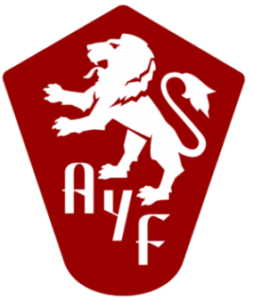Youth Corps: Dimensions – My Arrival to Artsakh
To be honest, I was a little skeptical of the overall political situation regarding its status. Being Armenian, my devotion to the roots my people defend in this land is a given; as an American, however, it is easy to come across different perspectives that often work to instill doubt. Having done my research on the area, I began to notice the atmosphere of Azeri propaganda prevalent on the Internet. A simple Wikipedia search would bring up the region as a part of Azerbaijan that is under dispute, sources favorable to Azeri claims more detailed in the info menus. Pulling up map applications would show the street names either in their Turkish form or Turkified. Absorbing statements that official political figures made would lead one to believe that maybe the land really does belong to Azerbaijan and that the disputes are tragic for both sides. So how does one reconcile these conflicting sides, especially as an Armenian?
The region is isolated to the rest of the world, the most convenient method of access is by a narrow, dangerous road paved through the Caucasus. To the rest of the world, all Artsakh seems to be is a two dimensional piece of land that is too irrelevant to worry about. It wasn’t until I stepped foot off that bus in Stepanakert that my perspective began to shift once again, this time toward reality. Walking down the streets I noticed all the street signs being Armenian, marketplaces selling traditional Armenian grocery items, with people speaking Armenian in the street corners. I opened up my maps once again to reassure myself I was in the right place: the name of the city showed “Xank?ndi.” Our day continued as we traveled to the day camp center in Askeran. I kept pulling my maps app out once again to track our location, once again coming across Turkish spelling with no indication of Armenian heritage. Yet once again, what I saw as we arrived was an Armenian community welcoming us with warmth, the children meeting us with smiles and curiosity with the backdrop of war as their façade, but that didn’t seem to bother them. In that moment it was clear to me: Artsakh is Armenian. A two dimensional map doesn’t do the reality any justice, if anything, it is counter intuitive and disrespectful to the identities of those who live their lives in these regions.
I needed to take in Artsakh with all my senses to truly grasp the meaning of Armenian heritage being rooted in this land: touching the ruins of Tigranabert, smelling the fresh air of the country side, tasting Armenian cuisine, hearing the vibrancy of the language all around town, and of course taking in the beautiful sight of the untouched nature that despite the atmosphere of war around it still retains its peaceful tranquility to which the people pride themselves in preserving. At the end of the day, it doesn’t matter what a map or political propaganda says. What matters is what is on the ground, what I saw with my own eyes and heard with my own ears. From the time of Tigran the Great 2 millennia ago to now, Artsakh is Armenian and always will be.
-Hovanes Tonoyan


